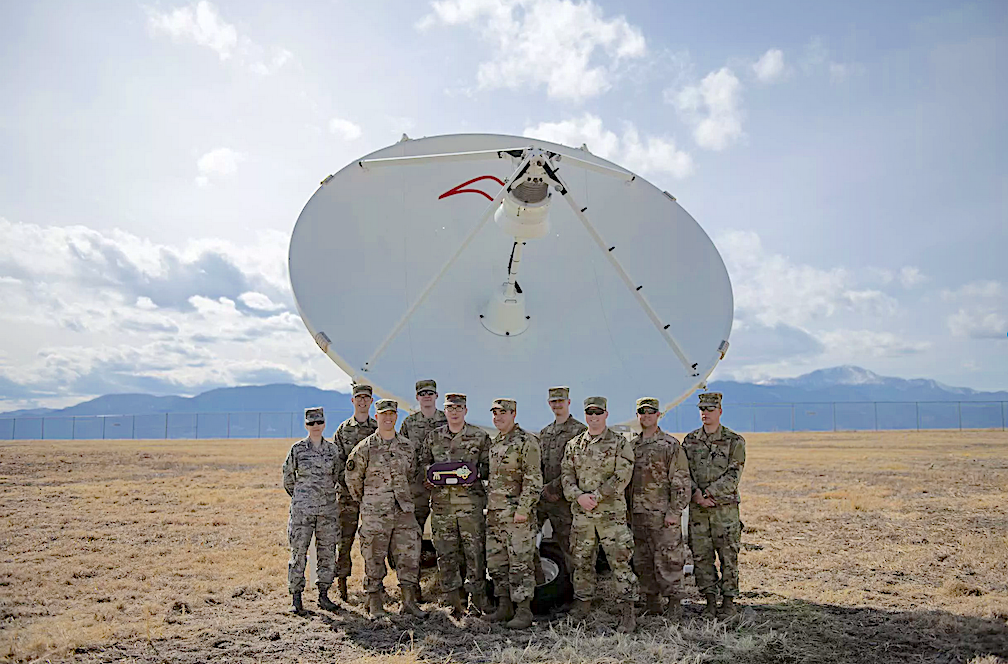
War. War never changes: Thanks to the military industrial complex, upgrades to warfare technologies continue regardless of world events. Russia is reportedly developing a high-altitude nuclear device to permanently and indiscriminately knock out enemy communications with an EMP. Meanwhile, the US just announced a weapon with a similar aim but without chaotic and irreversible consequences.
The US military is installing modular state-of-the-art satellite jammers capable of disrupting Russian or Chinese communications, should the need arise. Even though the hardware is ground-based, the US Space Force will oversee installation and operation. The technology is already past prototyping. The military tested the system at two different locations earlier this year. The DoD allocated funds to build 24 remote installations, with 11 scheduled to deploy before the end of the year.
This device is not a preventative measure against adversaries disrupting US communications. It’s the opposite.
“[The terminals] are small, transportable and low-cost satellite communications jammers that can be deployed in austere environments to protect [US forces],” a spokesperson for the Space Force’s Rapid Capabilities Office told Bloomberg. “The [jammer will be used] to responsibly counter adversary satellite communications capabilities that enable attacks.”
“We intentionally designed a small and modular system using commercial off-the-shelf components,” the Space Force said. “[This provides] the ability to have a proliferated, remotely controlled and relatively relocatable capability.”
The US and its allies need measures to counter space-based attacks that don’t involve the potential to destroy or deorbit satellites in an uncontrolled manner, the spokesperson said, referring to the high-altitude EMP nuclear weapon Russia is allegedly building.
Make no mistake; these are offensive weapons designed to attack enemy communications rather than defend US comms. According to officials, the difference is that using the jammers is more “responsible” than detonating a nuclear device in space. The whole point of the jammers is not to destroy communications permanently but to disable them temporarily.
“You can argue that it will only be used defensively, but I would say that that is an offensive counterspace capability,” said Chief Director Victoria Samson with the Secure World Foundation. “Add it to the very small list of public US offensive counterspace capabilities [that are] reversible, temporary, non-escalatory and allow for plausible deniability in terms of who the instigator is.”
The DoD’s view is that the alternative of not having adequate or superior military technologies, whether offensive or defensive, only conveys an image of an easy target. However, the announcement’s timing is probably not ideal, considering US tensions with Russia and China and the current domestic political climate. The two superpowers could view the move as aggressive, sparking potential conflict escalations in regions like Taiwan and the Ukraine.
The Remote Modular Terminal jammers will not replace previous technology like the large-scale Counter Communications System and the delayed medium-scale Meadowlands jammer (above and below). Meadowlands was supposed to be operational by August, but technical problems pushed its deployment into October. The new system will augment the old ones by providing remotely controlled systems that the Space Force can quickly relocate if necessary.
By Cal Jeffrey from Techspot
